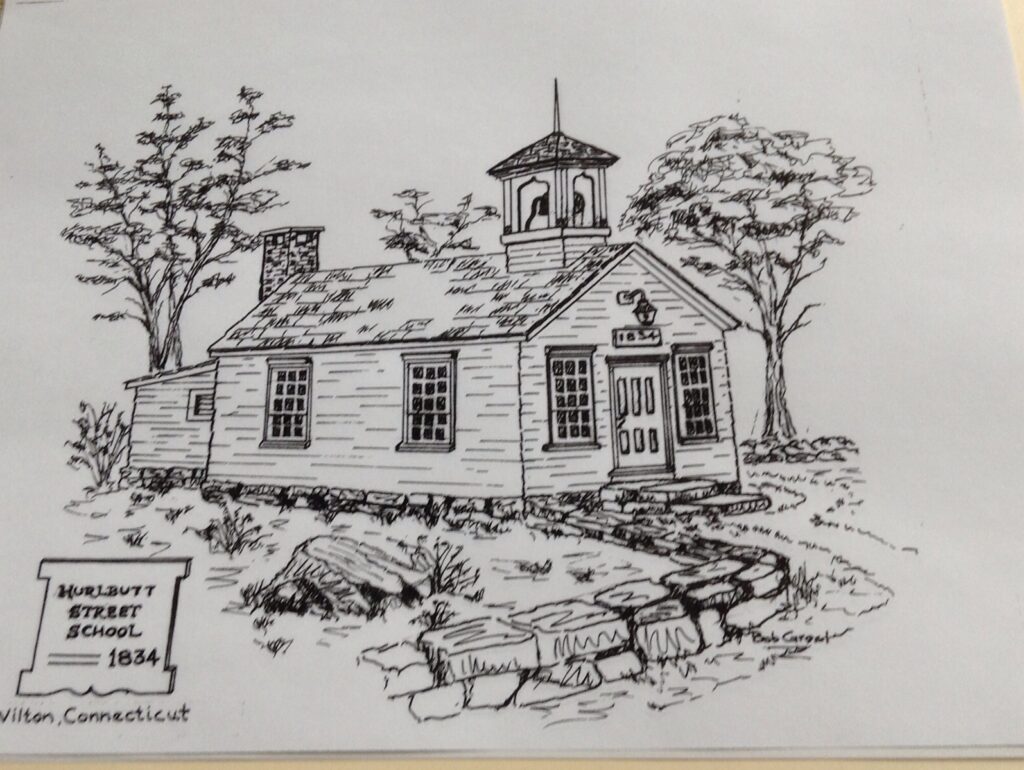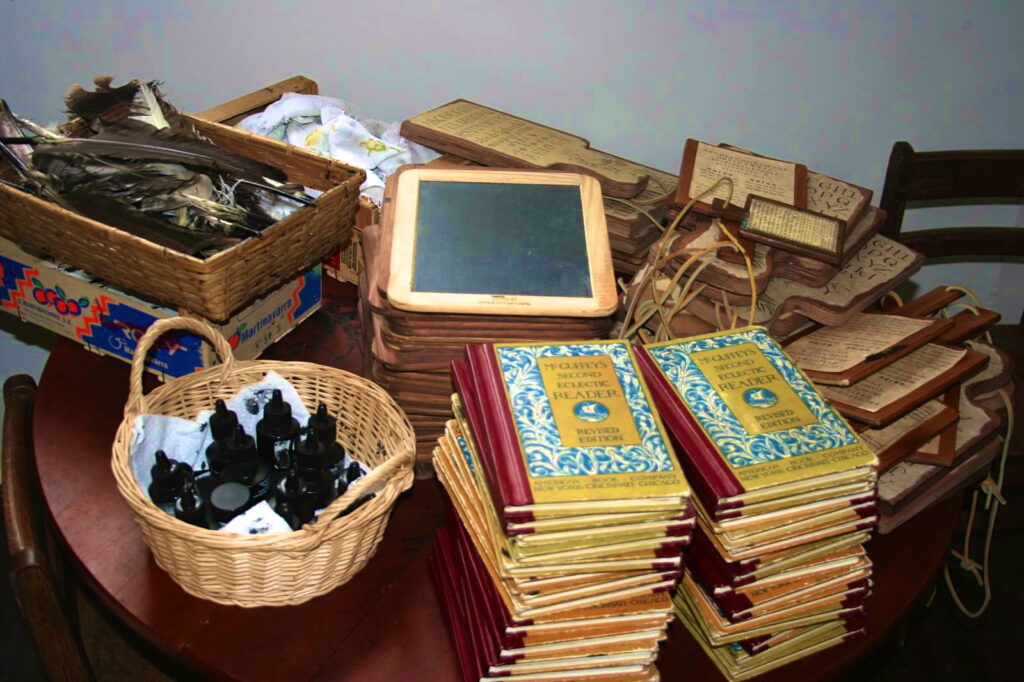
A Typical Horn Book
The horn-book has most often been defined as an alphabetical book or board covered in front with a thin sheet of horn to prevent it from being soiled. Faultfinders may argue that a horn-book without horn cannot be a horn-book. However, during the Sixteenth to Eighteenth Centuries, the term “horn-book” gradually came to mean any kind of alphabetical tablet, whether horn entered into its construction or not. So flexible did the use of this term become, that the child’s primer — which later replaced the horn-book — was for some time better known as a horn-book than as a primer.
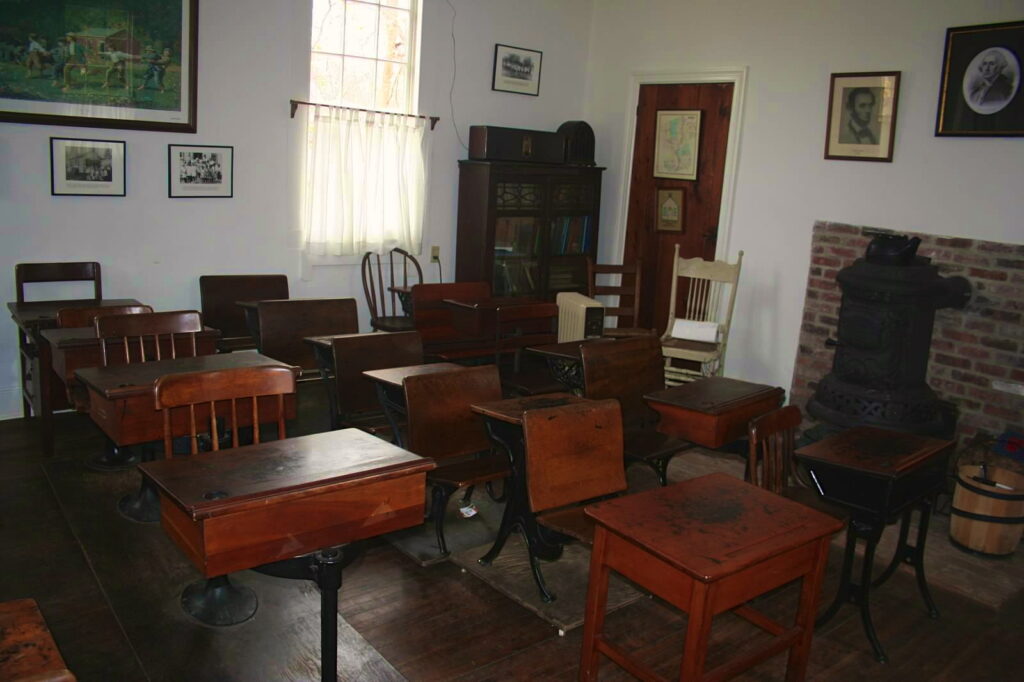
Brewer’s Dictionary of Phrase and Fable reportedly describes the typical English horn-book as an alphabet board about nine inches long — including the handle — and five to six inches wide. A printed sheet was pasted onto this paddle, covered with a thin sheet of horn attached by nails and strips of brass. The horn and tacked brass strips protected the Lord’s Prayer. An ornamental sketch of St. George and the Dragon was frequently stamped on the backboard.
The horn-book was the first children’s book that they handled and carried with them. The young and forgetful creatures that they were, it was both wise and convenient to wear the horn-book hanging from their waist or wrist. One importance of a child learning to read from his inexpensive horn-book was to prove himself worthy of handling other books, including the Bible, which were too expensive and difficult to come by in those days to be handled carelessly.
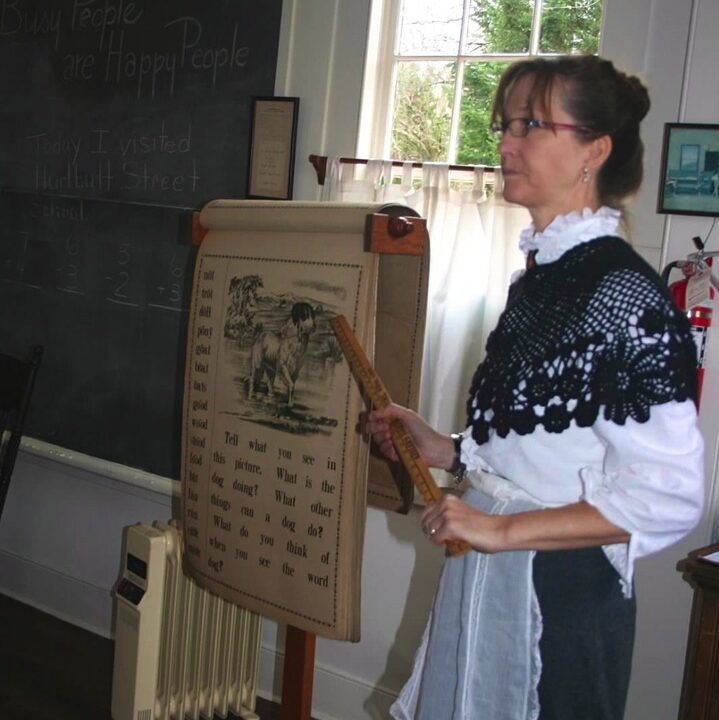
The Teacher
To become a teacher, a man or woman had to be able to read, write, and handle rough-and-ready students. Most teachers were men. They were called schoolmasters. Female teachers had to be single. Once a woman married, she was not allowed to continue teaching in the school. Every family in the community paid a small amount of money for the teacher’s salary. If the teacher did not live in town, families took turns boarding the teacher. Some families could not pay with money so they gave the teachers goods such as corn or potatoes. The goods were then traded for money or other items at the general store. One teacher instructed all the children in the school. There were as many as eight grades at a time. If there were many children in a community and they would not all fit into the room, only the older students were allowed to attend school. A female teacher was rare. Often she was hired during the summer months to teach the younger children since the male teachers and older children would be working on the farms. The teacher did more than teach the children. He or she also had to keep order in the school. With children of all ages learning different things at the same time, good behavior was important. It was the responsibility of the teacher to punish children who misbehaved. After the students went home, the teacher made sure the classroom was tidy for the next day.
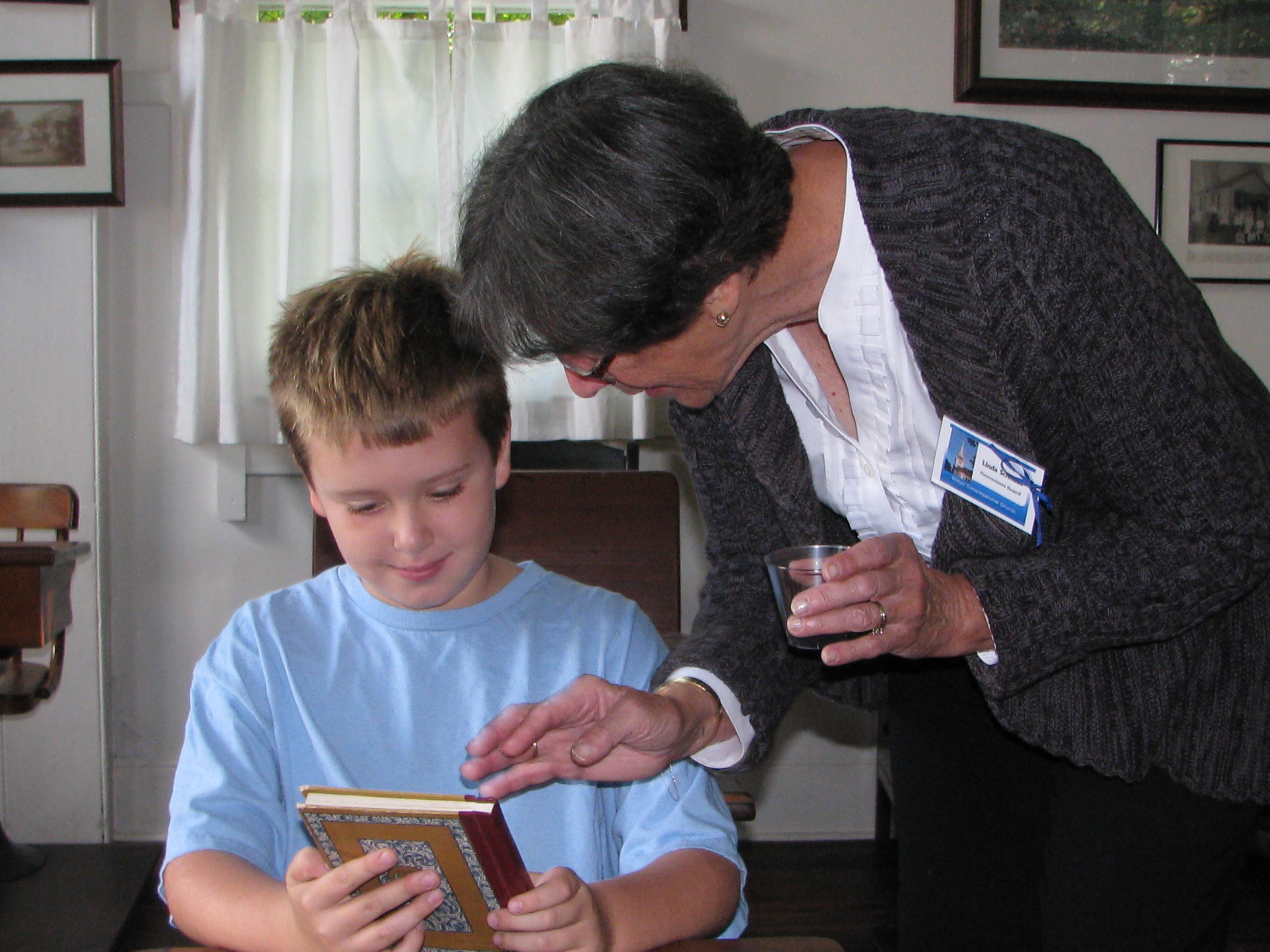
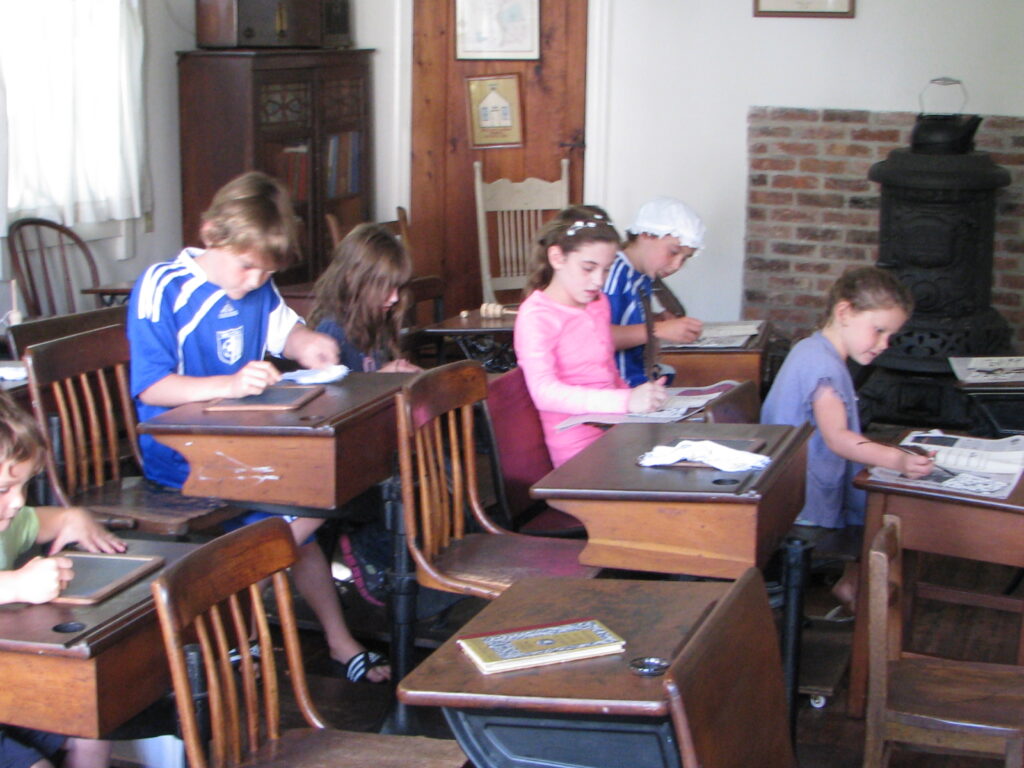
The Three R’s
Teachers rarely had enough time to teach more than three subjects. The three subjects of early education were reading, writing, and arithmetic—or “reading, ‘riting, and ‘rithmetic.” Most of the settlers were religious. They wanted to be able to read because it was believed that a person who read the Bible would become a better person. Good penmanship was considered a valuable skill. Neat handwriting was thought to be the sign of a cultured person. Knowing how to write and do arithmetic was important for anyone who wanted to be a farmer, storekeeper, craftsperson, or miller. Schoolbooks and writing paper were scarce in settler times. Students did much of their learning by memorizing. They learned long poems and stories and recited them to the teacher. Students also had to write and deliver speeches.
Hitching or Hiking?
There was no such thing as a school bus in the early days. Children walked to school. Some had to walk miles with bare feet. The cold was often bitter. The luckier children had shoes or hitched rides with their father or neighbors.
